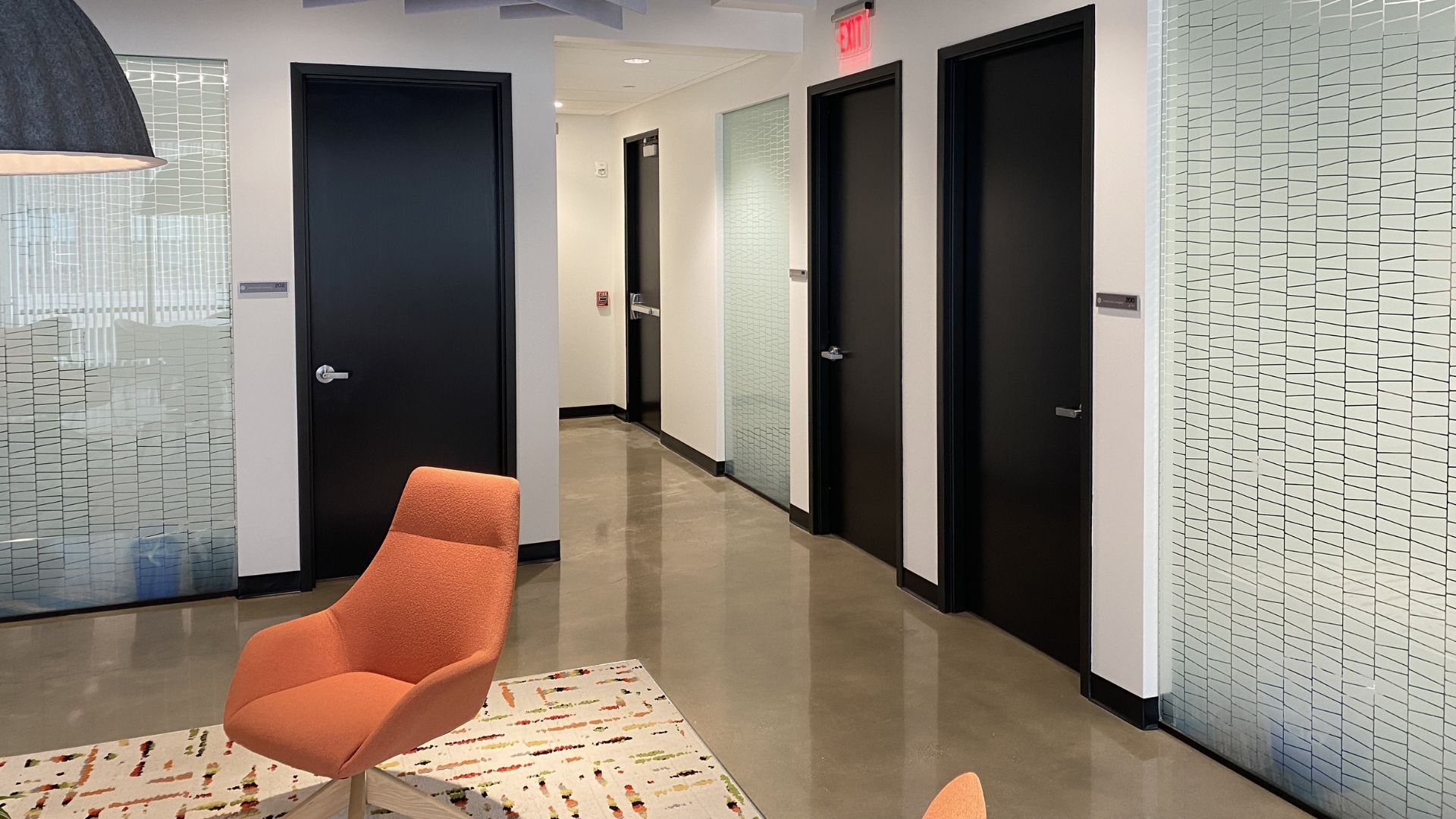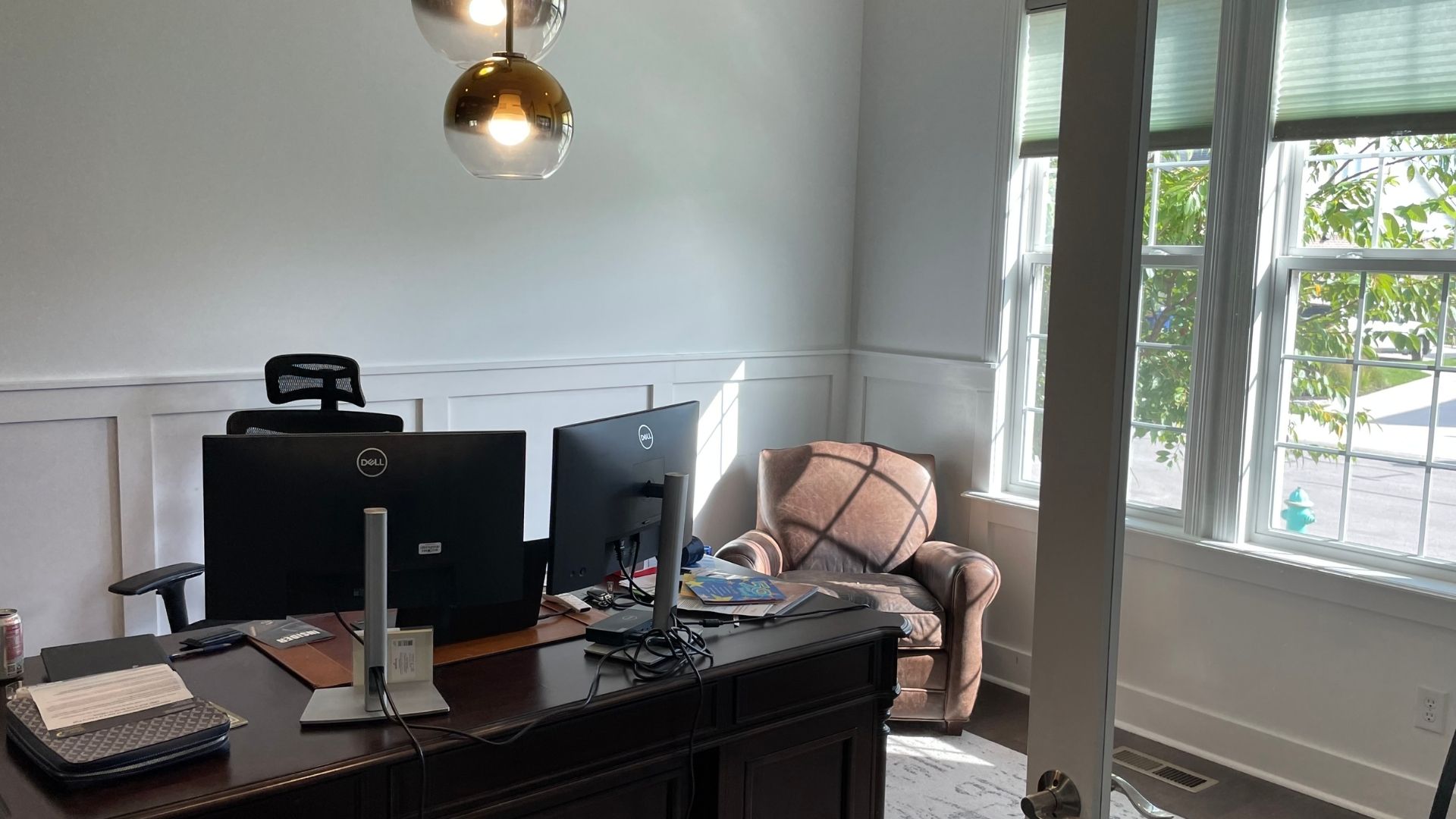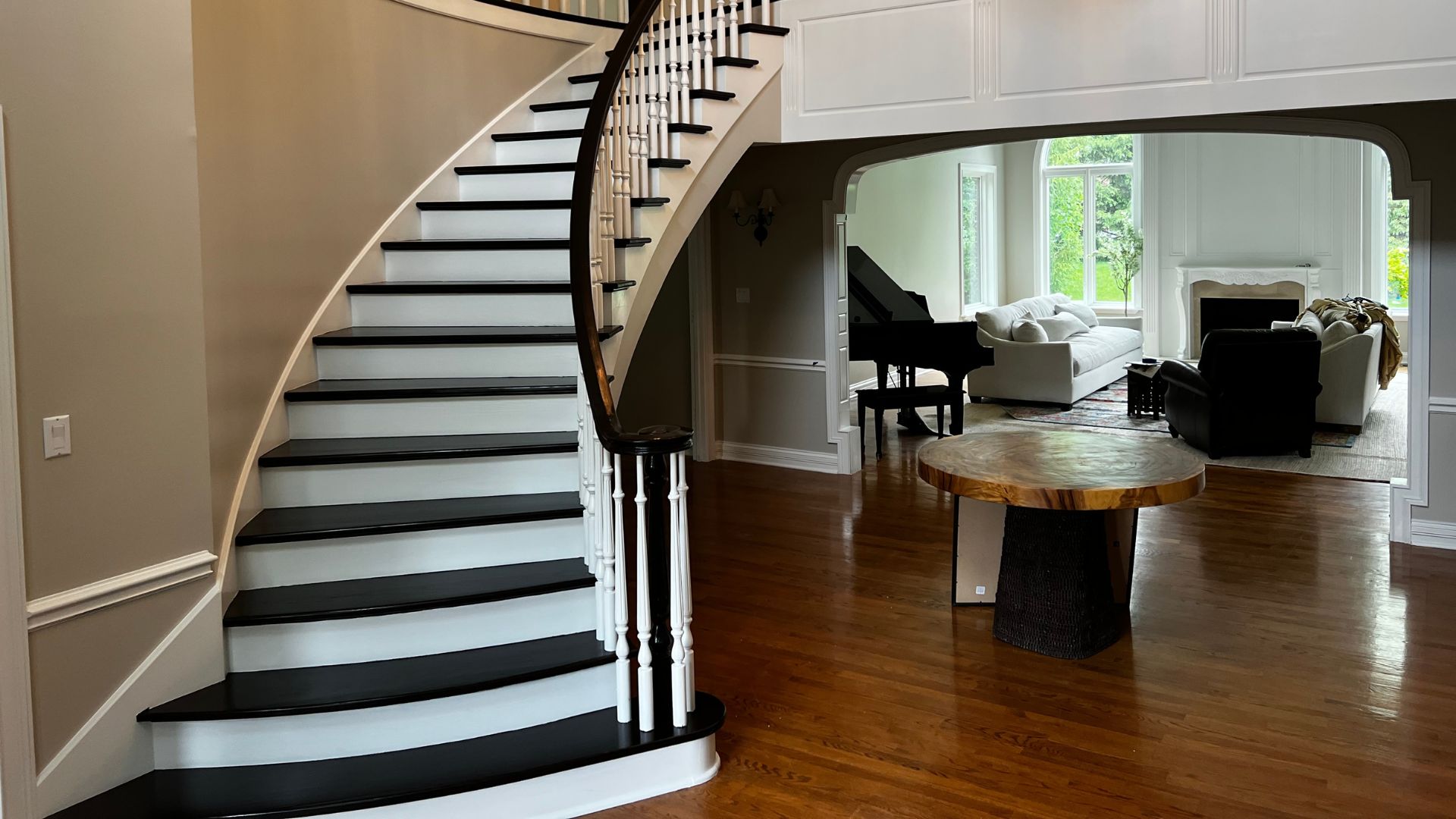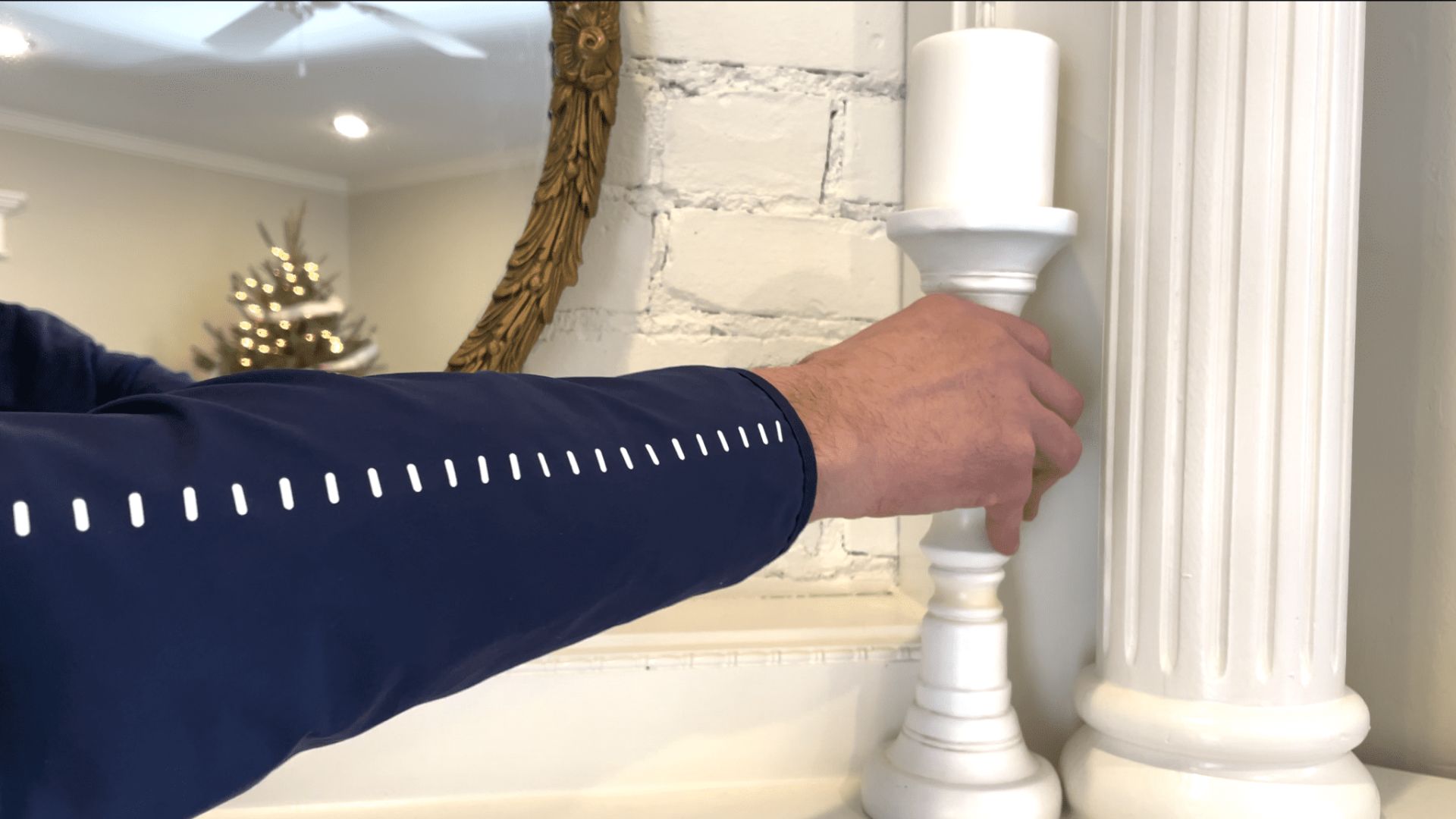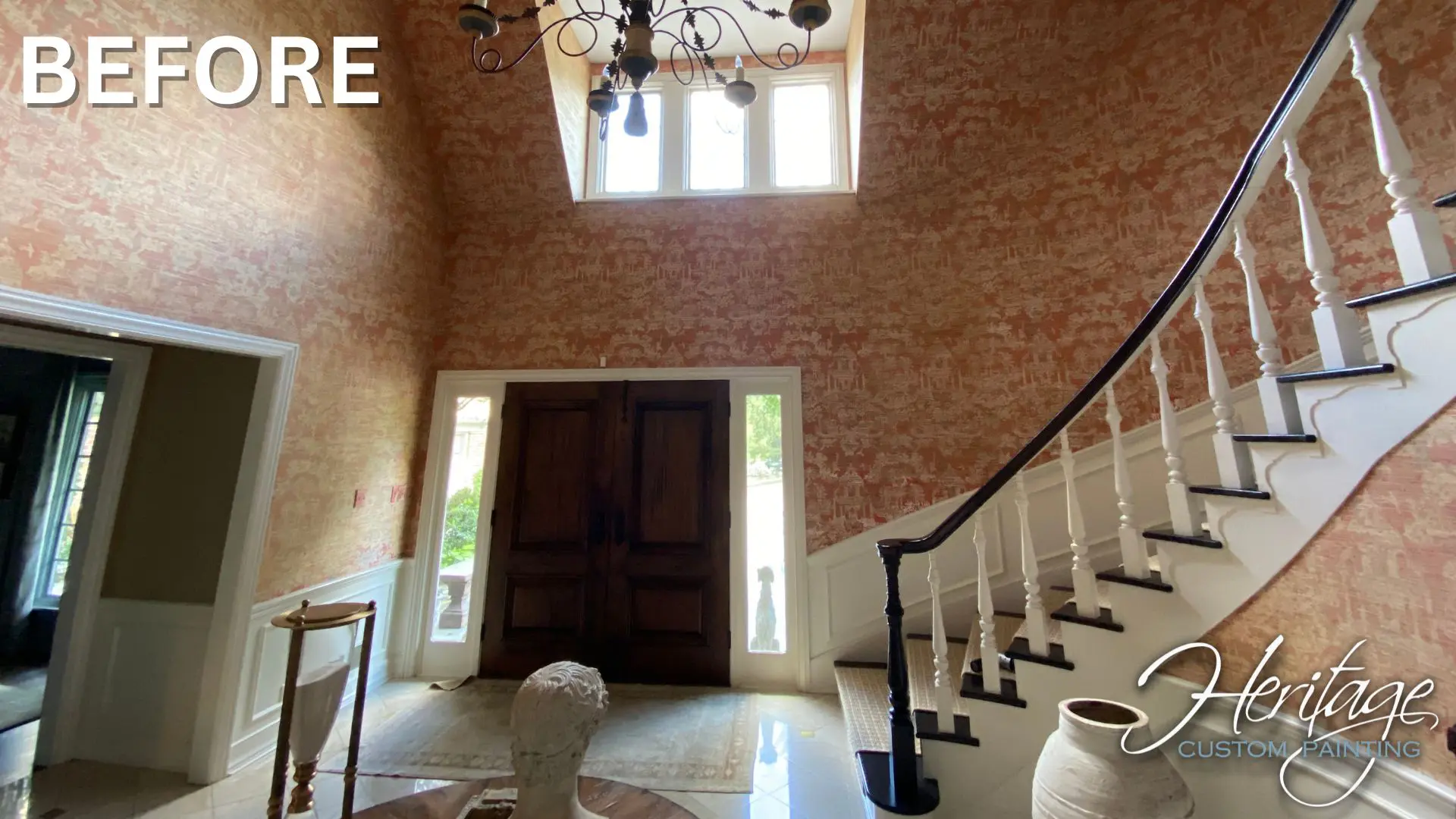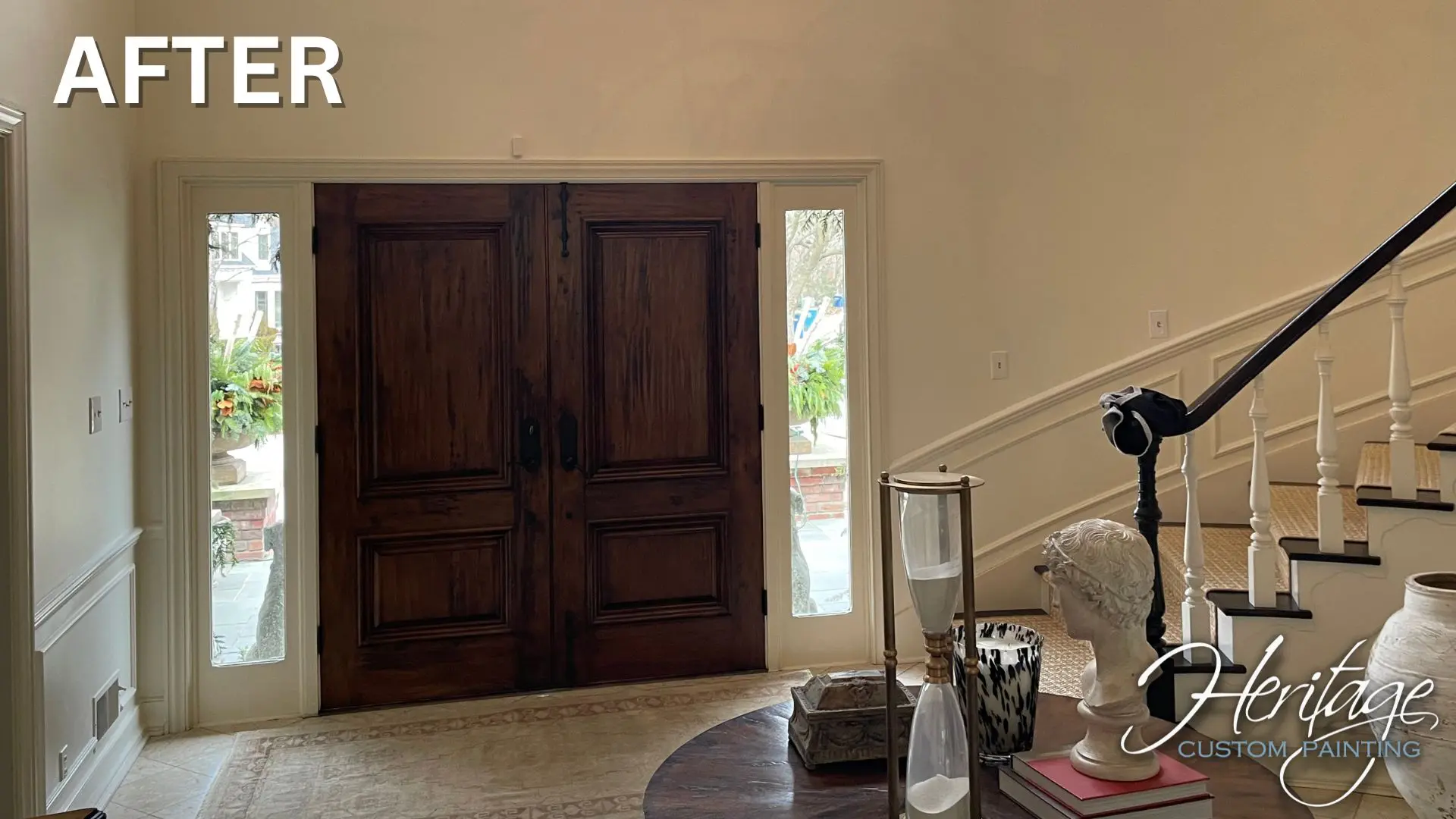Can You Remove Wallpaper?
Wallpaper is falling out of style again, and you may be wondering if it’s time to remove it. Removing wallpaper can seem like a daunting task, and for good reason. It’s a labor-intensive activity, and it is a job that needs to be done carefully. Rushing or improperly removing wallpaper can damage the wall beneath it which will cost even more to repair.
In this blog post, we will go over the steps to properly remove wallpaper, and why this job is better left to a professional.
Recommended reading:
The Best Office Paint Colors
The Best Office Paint Colors The interior design of your office matters. Everything from the lighting fixtures to the furniture contributes…
Home Office Paint Ideas
Home Office Paint Ideas Remote and hybrid work is the new normal for many workers, and as such many people now…
Update Your Home With a Stain Conversion
Update Your Home With a Stain Conversion This article originally appeared in Indy Real Producers. What are stain conversions? A stain conversion is…
How Do I Prepare For Interior Painting?
How Do I Prepare For Interior Painting? So you’ve agreed to have Heritage Painting come out to repaint your home interior….
Can You Repair Drywall?
Can You Repair Drywall? Interior painting usually requires a bit of repair and corrective work. Naturally, that means we get asked…
Popular Gray Colors For Home Interiors
Popular Gray Colors For Home Interiors We often get asked about the popular gray colors that we use. Grays are very common selections…
HOW TO REMOVE WALLPAPER
There are several techniques for removing wallpaper from the wall, and some are more destructive than others.
The first, and least destructive, approach is to use a steamer. Running a steamer along the wall will soften the glue adhering it to the surface, making it easy to pull away. However, if the wallpaper has been there for a long time or the glue is really strong, this technique may not work.
At that point, it’s best to use a chemical release agent. There are special wallpaper removal products, but a simple fabric softener can do the trick.
If that doesn’t work, it’s time to use a scoring tool. These tools have wheels with little spokes on them that rough up the surface. Once the wall is scored, the technician will apply the release agent and take a 6 to 8-inch putty knife and scrape the wallpaper off the wall. This is the most destructive option, but it may be necessary if the wallpaper was not properly prepared during installation.
AFTER THE DRYWALL IS REMOVED
Once the wallpaper is off the wall, paint technicians will remove as much glue off the surface as possible using steam and special cleaners. Next, they will prime the wall with an oil-based primer. You don’t want to use water-based primer for this step because the water will reactivate any leftover glue, which creates bubbles in the finish. Oil-based primers do not have this issue.
After the oil-based primer is applied, the technicians will then move on to any drywall repairs. After applying mud and fixing patches, they can go over these areas with a water-based primer. Water-based primer is safe to use at this step because the oil-based primer has already sealed the glue beneath.
From there, it’s just a standard paint process. The surface will get full coverage with the finish product, and the wall will look good as new.
CAN YOU JUST PAINT OVER WALLPAPER?
While you certainly can paint over wallpaper, it isn’t recommended. Once the paint is on the wall, it will contract over time as it cures. As it shrinks up, the paint will pull up the seams on the wallpaper, and you will have lines running up and down the walls wherever the wallpaper seams are. Water-based paints will also create bubbles over the wallpaper.
The only option at this point is to aggressively remove the wallpaper, which is going to cause more damage to the drywall beneath.
Removing wallpaper is labor-intensive and by no means an easy fix. While you can do the work yourself, it’s better to leave the job to a professional. You’re just as likely to damage the wall as you are to get the wallpaper off.
If you’re ready to get wallpaper removed and get a fresh interior paint job, fill out the form below for a free estimate from Heritage Painting. Our professional consultants can provide a detailed and accurate quote, and we can even help you pick the best colors for your home. Fill out the form today and let Heritage help you fall in love with your home again.
Get a Free Quote From Heritage Painting
Fill out the form below and experience the difference today.

